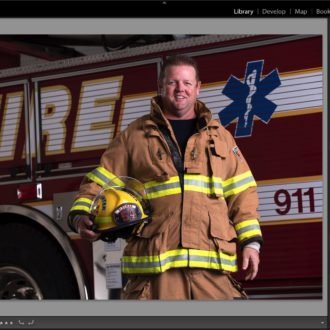Imagination: part two
Here is another way to think about imagination and creativity as proposed by my colleague Steve Gustafson. (Steve thinks of the deep important concepts and I make them a little more understandable and add funny pictures. It is a good combination.) Most everything you read in this article comes from Steve unless it is really good, then I wrote it all… Steve who? 😀
In the last post we stated that imagination asks the question, “what could be… if”. A good example of this could be the Centaur found in mythical stories.
The Centaur’s head, arms, and chest are from a human while the rest its body and legs are from a horse. Two “real” creatures, human and horse, are combined in such a way as to express a meaning. While the knight and his horse are synonymous with good and nobility, the centaur often represents wild aggression and potential danger. In this way it became an expression…
Before we move on I want to make it clear that I am not saying that something has to be unreal to be imaginative. Imaginative people create real inventions and ideas every day. I am simply saying that imagination is not limited to things that are real. Imagination is willing to accept whatever change is necessary in order to express or create a given thing.
If we take a close look at the centaur, we gain a clue into the composition of imagination and creativity. The centaur was created by dividing and combining. The desired expression included raw animalistic power combined with intelligent thought. The body and legs of a horse are of much greater power than that of a human so that portion of the horse is required. The intelligence of the man and use of his arms required the torso and head of a human. The strongest parts are combined to create a unique expression.

It is this dividing and combining of different elements that makes up imagination resulting in creativity. The ideal is to take a feature, or value, from one thing (dividing) and combine that value with something totally different so that the two work together in unison to form a new expression. The thought process of dividing and unifying elements is the fundamental base for imagination.
Pete’s summary wrap up…
So what does this mean for photography? How do you divide and combine? One main way is in the post processing… you divide the best features of the image you captured and combine them with the best features from another area/image. In a way HDR is a great example of doing this. Dividing the scene into multiple shots and then combining the best of each shot together to get to the ideal. The thing that is easy to overlook is that in order to achieve the best results, you have to engage the imagination and creativity. That is why two people can take the same shot and process it completely differently. Both of them are saying “What if?” and then editing according to their vision of the ideal for that image.
Another way might be trying to incorporate two photography techniques together to achieve a new look. Or perhaps, you take the analogue nature of film and combine it with digital. In each of these endeavors the underlying question that keeps us going is… “What if….?”.




